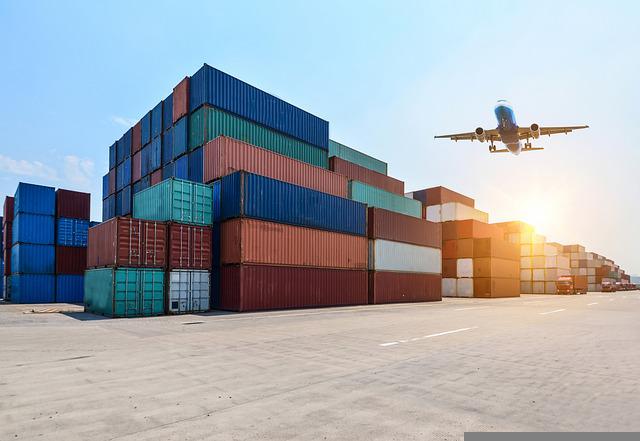
-
Experts say containers piling up at warehouses amid weak global demand incur demurrage and detention fees that become significant cost centers for shippers
-
Webinar speakers from Drewry and S&P Global discussed the impact of D&D charges on shippers worldwide amid the changing demand & supply dynamics for containers
-
A potential further flattening of demand into the peak season was forecast, as the experts stressed that the impact of disruptions will take time to wane
Surplus containers are piling up at warehouses as demand wears out, resulting in rising demurrage and detention charges that contribute substantially to shippers’ operational costs.
These were a few inferences discussed in a recent webinar hosted by Container xChange, a leading technology platform and infrastructure provider for container movement.
Speakers from Drewry, S&P Global, and Container xChange discussed the impact of charges on shippers worldwide amid the changing dynamics of demand and supply for containers on a global scale.
Insights from the annual Demurrage and Detention benchmark report showed a major spike in D&D charges in 2021, the global average increase was 39% for standard containers, whereas the charges for 20 distribution centers doubled in 2021.
The trend in 2022 has been decreasing slightly. For some outlier ports, like Long Beach, Los Angeles, and Shanghai, the charges had increased so much that it ended up with the value in 2022 still being 12% higher than pre-pandemic value.
READ: US shippers pay highest demurrage fees globally
Forecasts shared by the panel indicated a potential further flattening of demand into the peak season, the impact of disruptions taking time to wither irrespective of containers moving at a greater or slower pace into the holiday season.
“The shipping industry is going to see the freight rates stay flat for the rest of the year; however, it could see a little variance but might not fall off the cliff to the extent that we saw it rise when it did in 2020 and 2021,” George Griffiths, editor of Global Container Freight at S&P Global Commodity Insights, said during the discussions.
Explaining why the peak season is going to be unconventional, Chantal McRoberts, head of Advisory at Drewry Supply Chain Advisors, said: “There are massive inventory levels that have been building up. If you speak to shippers, they’ve got a lot in their warehouse that they need to move, and demand is falling.”
Griffiths said he believes that if nobody wants to ship anything on a container in the next six months, “we still wouldn’t fix the issues that we’ve got in the market at this point. The market is really snarled up, and it’s going to take a lot of effort to fix it.”
Emphasizing the uphill task of easing the supply chain disruption, Christian Roeloffs, co-founder and chief executive of Container xChange, likened the container flow situation to a traffic jam.
“If there’s an accident and a traffic jam, even if the accident is cleared up, it still takes a very, very long time for traffic to flow again… it’s not the case that you just resolve the blockage and then everything flows,” Roeloffs said.
Congested supply chains helped drive up the charges, which, in return, made it harder to both extract containers from terminals and return empty equipment.
Griffiths said in the US, carriers have been incentivized to keep a tight leash on their equipment due to high freight costs, and they have taken the container cost on board.
“So, we’re starting to see these costs increase on detention and demurrage, it is because these charges are designed in such a way that it compensates carriers for the use of their containers,” Griffiths said.
McRoberts said, “It’s clear that supply chain disruptions are driving an increase in detention and demurrage charges. If there’s a shortage of drivers, a shortage of physical people and vehicles to get the containers into the ports and out, it consequently increases the D&D charges.”
Griffiths said many carriers and operators have introduced strict free time parameters, resulting in charges for delays being levied on the shippers and becoming their significant cost center.
“Previously, this was a transient cost, people didn’t really look at it. People didn’t pay that much attention to demurrage and detention. But now it has become a cause for concern,” he said.




